Authorities reinforced prevention measures given the risk of wildfires, noting that 95% of the territory is at risk.
Concern is growing among authorities in the Biobío region due to rising temperatures and the imminent arrival of summer, in a context where 95% of the regional territory is at high risk of forest fires, according to the latest data update.
The figures, presented at the regional Risk and Disaster Management Committee (Cogrid), reflect an encouraging outlook for the current season, with a significant decrease in both affected hectares and the number of fires recorded to date.
POSITIVE FIGURES, BUT WITH ALERT
The presidential delegate of Biobío, Eduardo Pacheco, highlighted progress in wildfire management. "We have 47% fewer fires compared to last year and 97% fewer hectares affected," he stated, though he warned, "We cannot let our guard down. That’s why we are coordinating all services to ensure a unified and effective response."
Regarding the change in municipal authorities in December, Pacheco stressed the importance of maintaining continuity in preventive actions. "I have requested the regional cabinet’s seremis to act as liaisons in each commune to support Senapred and Conaf, which lead this process in prevention and operations," he affirmed.
He also urged citizens to take extreme precautions. "Seemingly minor actions, such as using welding equipment or handling cigarette butts, can have serious consequences. Doubling efforts is key to avoiding disasters," he emphasized.
HIGH RISK AND OPERATIONAL RESOURCES
The regional director of Senapred, Alejandro Sandoval, warned about the region’s vulnerability: "Approximately 95% of Biobío is at high risk due to factors like dry vegetation, adverse weather conditions, and human behavior. We need shared responsibility from citizens to confront this threat."
Meanwhile, the regional director of Conaf, Rodrigo Jara, detailed the resources available for the season: "We have 42 ground crews, including four nighttime teams that will operate starting December. Already, 32 crews are active, with around 360 firefighters, and we expect to reach 530. Additionally, all 11 aircraft will be fully operational before December 15."
The combination of high temperatures, low humidity, and strong winds makes Biobío an especially vulnerable region, but authorities reiterate their commitment to prevention and early response to minimize the impacts of this critical season.
Source:La Tribuna


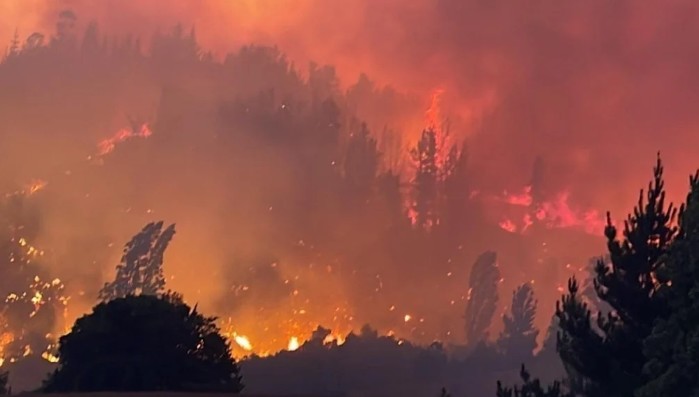
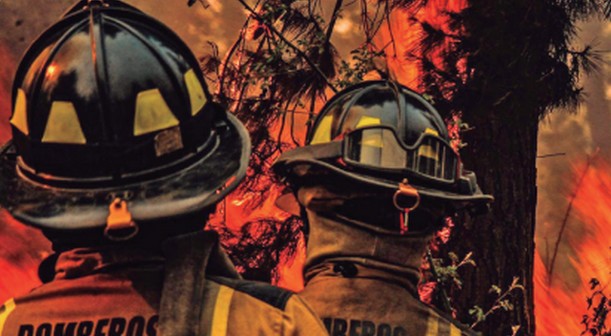
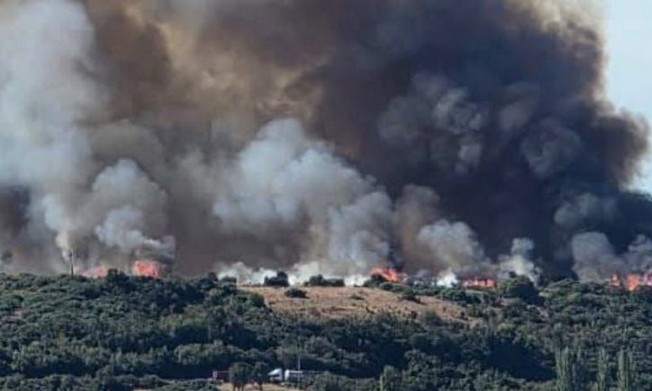
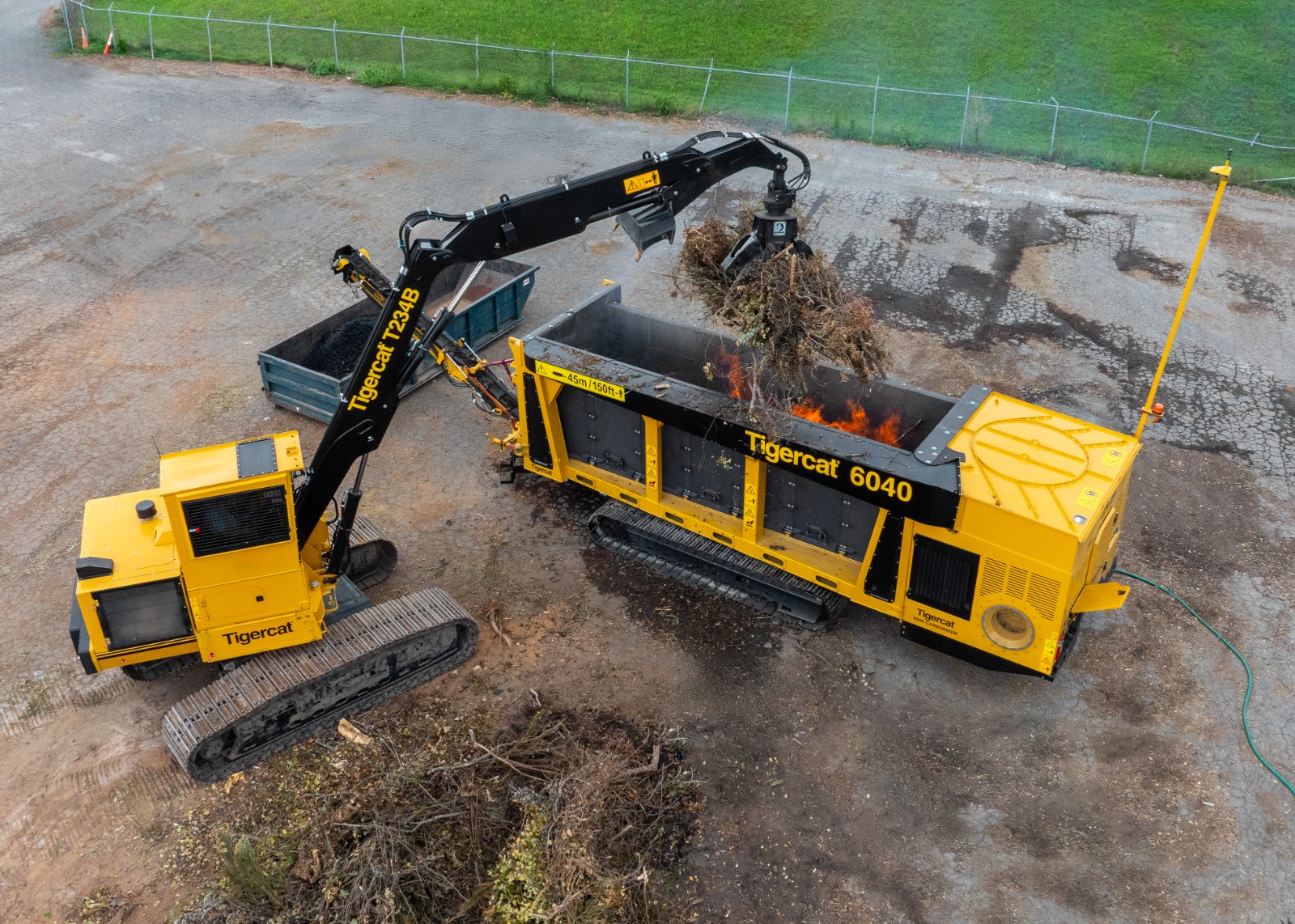
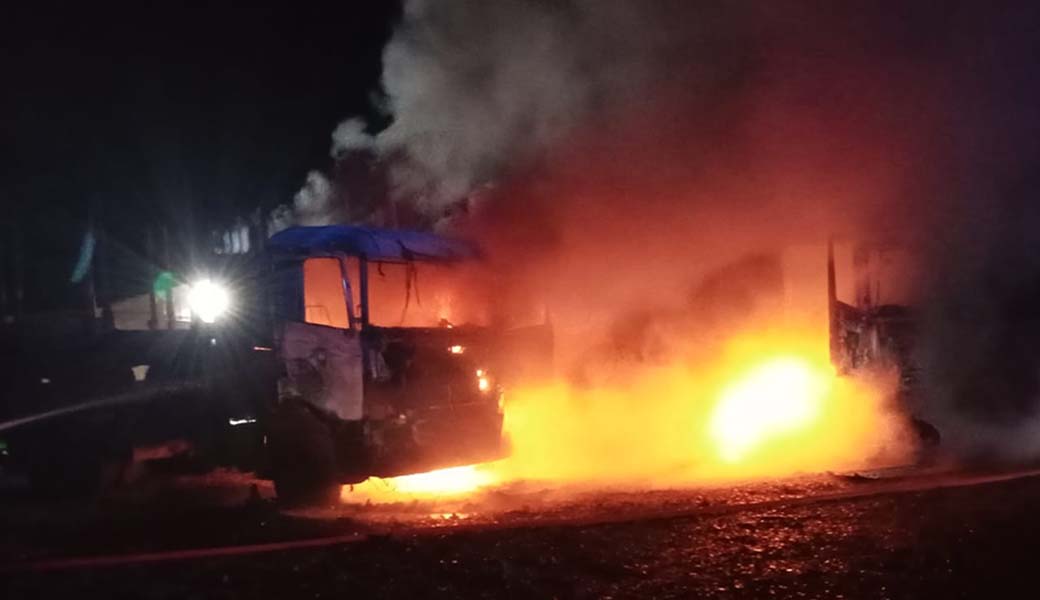
Comments (0)
No hay comentarios aún. ¡Sé el primero en comentar!
Deja un comentario